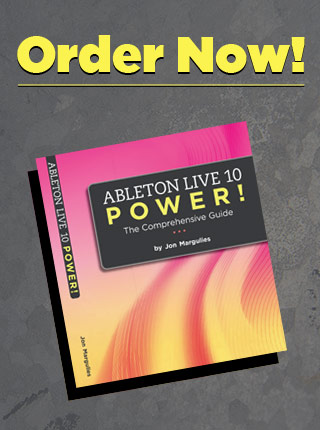Someone just asked me a question about creating custom Scale presets. Scale is used to force all incoming notes to conform to a particular scale. While the Scale’s interface is perfectly logical, it’s pretty tricky to wrap one’s head around.
I’m not really going to get into explaining it except to say that it’s an X-Y display, not unlike the one in the Compressor. Incoming notes are represented by the columns and outgoing notes by the rows.
What? Yeah. Exactly.
The good news is that for many common purposes, you don’t have to program it if you know some music theory.
The image shown above is of the C Major preset. Scale has a bunch of useful presets:
Basic theory tells us these presets can be used to generate any of the related modes. For example, you can use the C Major preset whenever you need D dorian, F lydian, etc.
What’s really handy is that Scale has this knob called Base that let’s you transpose the currently loaded scale:
Boom! Now Scale is forcing all notes to conform to the E major scale. D# Locrian at your fingertips, just like that.





